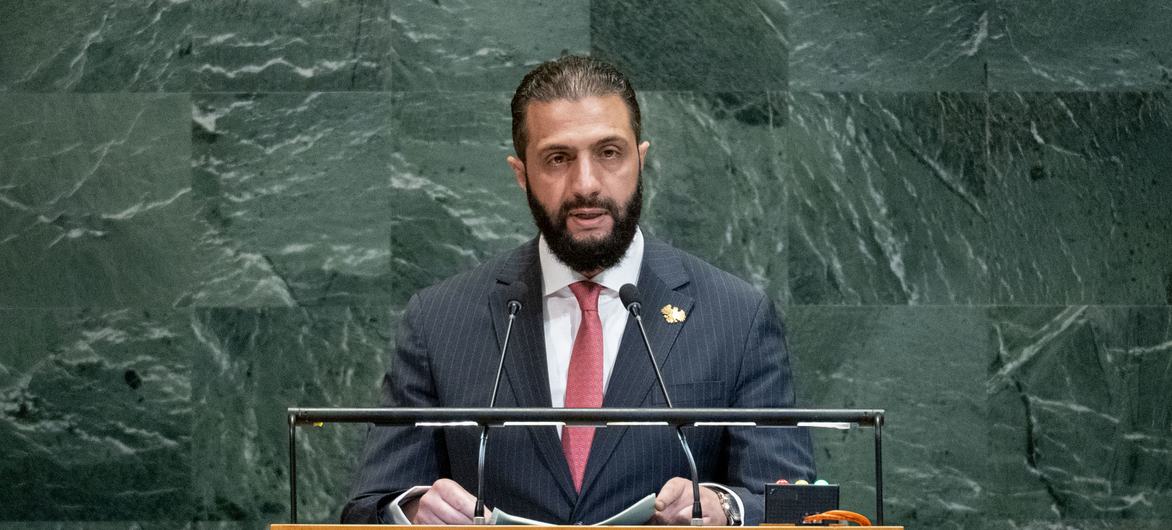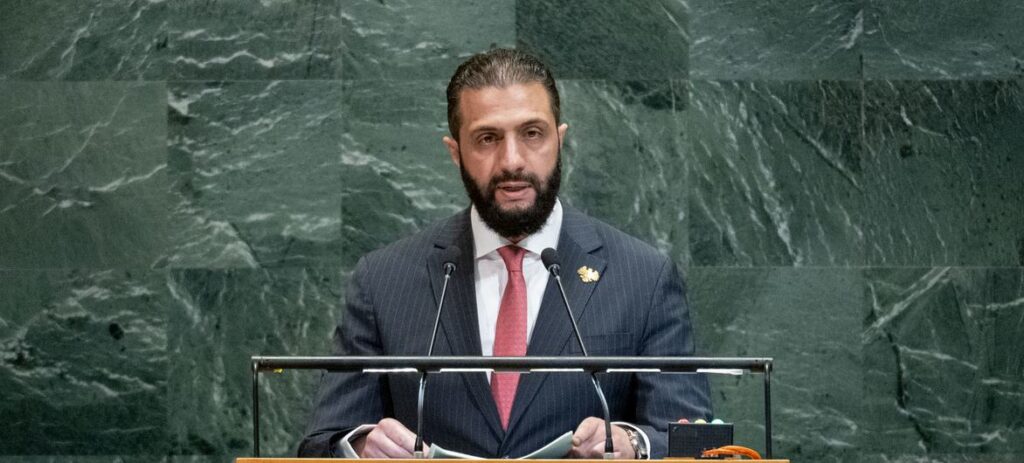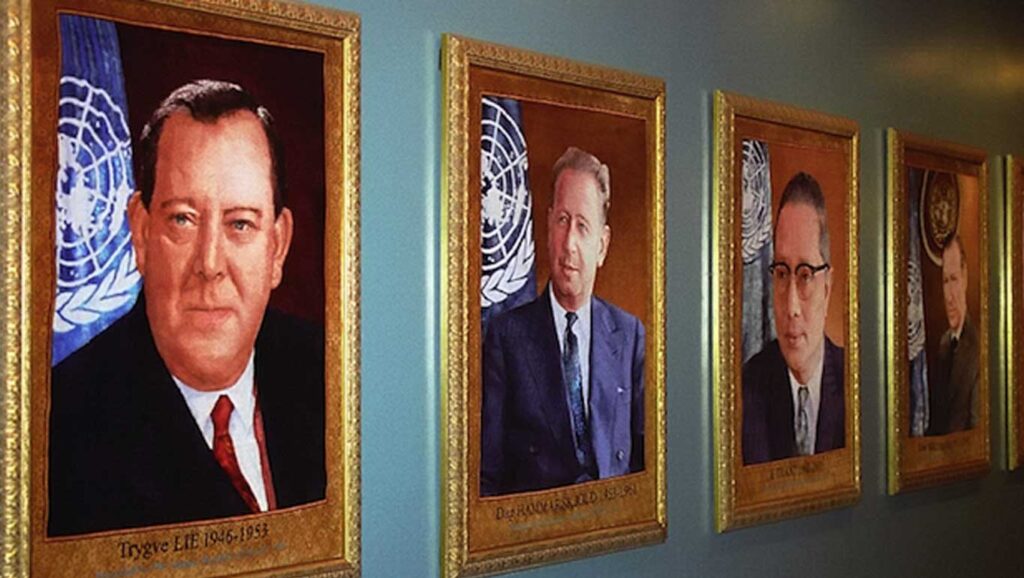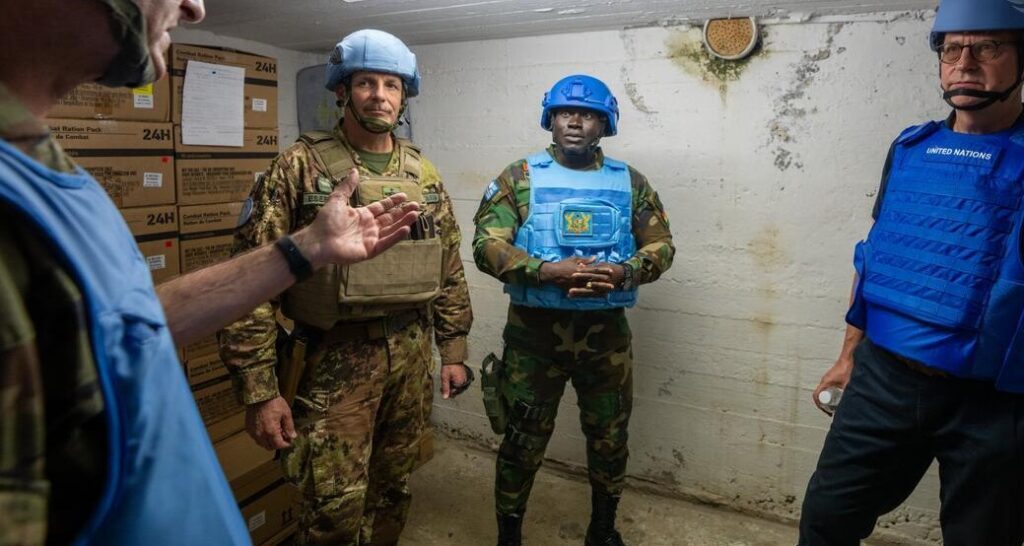When Syrian President Ahmed al-Sharaa arrives in Washington next week, it will mark the first visit by a Syrian head of state to the White House – and a potential turning point in one of the world’s longest-running crises.
A former rebel commander once wanted by the United States, al-Sharaa now leads a transitional government struggling to rebuild a nation gutted by fourteen years of war. His visit follows a landmark address to the UN General Assembly in September – the first by a Syrian president in nearly six decades – and a series of diplomatic overtures aimed at bringing Syria back into the international fold.
For U.S. policymakers, the visit raises difficult but essential questions: Can Syria’s fragile transition hold? How can American engagement secure stability after Assad? And how should Washington balance its strategic, humanitarian and legal aims in a country still on the brink?
One thing is clear: lasting progress in Syria will depend as much on U.S. commitment to the country’s recovery as on renewed U.S. investment in the United Nations to help see that work through.
Here’s what we’re watching.
The War May Be Over – But Not the Crisis
The fall of Bashar al-Assad in December 2024 ended Syria’s civil war, but not its collapse.
Fourteen years of conflict have left the country in ruins: roughly 70 percent of infrastructure is damaged or destroyed, GDP has plunged from $67 billion before the war to just $13 billion and more than 90 percent of Syrians now live below the poverty line. Although 1.4 million refugees have returned since December, most have come back to rubble.
The drawdown of U.S. assistance – a $237 million cut earlier this year – has deepened the crisis. Hospitals have closed, water deliveries have halted and food aid has fallen by nearly half in some regions.
Without renewed support, Syria risks losing fragile gains and triggering another wave of regional displacement.
U.S. Policy Is Evolving
Washington’s approach remains anchored in sanctions designed for a different era – intended to pressure al-Assad, not bolster a transitional government.
Fortunately, a growing bipartisan consensus recognizes that targeted sanctions relief is essential to prevent Syria’s further collapse. The Caesar Act, passed in 2019 to punish regime-linked atrocities, still deters reconstruction and even basic recovery. The Trump Administration has begun easing those restrictions through Executive Order 14312, while Congress debates a full repeal in the FY26 defense bill. Yet without complementary action to restore humanitarian funding and enable early-recovery transactions, Syria’s liquidity crisis will deepen.
The UN Remains Our Most Reliable, Scalable Partner
As bilateral aid programs wind down, UN agencies remain the only actors operating nationwide. The World Food Programme delivers bread to two million Syrians daily – a source of stability as much as sustenance. The UN Development Programme (UNDP) and UNICEF are rebuilding schools, water networks and local governance structures in Aleppo and Homs. The UN Mine Action Service (UNMAS) continues clearing landmines and unexploded ordnance from former front lines.
For now – and throughout the war – this network has served as the backbone of Syria’s recovery. It remains the most reliable channel for sustained U.S. engagement.
Bottom Line: A Test of U.S. Leadership
A stable Syria is both a strategic and a moral imperative. Stability keeps ISIS and other extremist groups from exploiting chaos, slows refugee flows that strain Jordan, Türkiye and Lebanon, and prevents Beijing and Moscow from dominating reconstruction and resource contracts. It also reinforces U.S. credibility in global crisis response and recovery.
President Trump’s invitation to al-Sharaa underscores both the opportunity and the fragility of this moment. The task is not to rebuild Syria wholesale but to stabilize it smartly: by restoring humanitarian aid, modernizing sanctions to allow early recovery and working through the United Nations to align international support.
With pragmatic U.S. engagement – focused on relief and grounded in American interests – this moment could yet mark Syria’s turning point.





